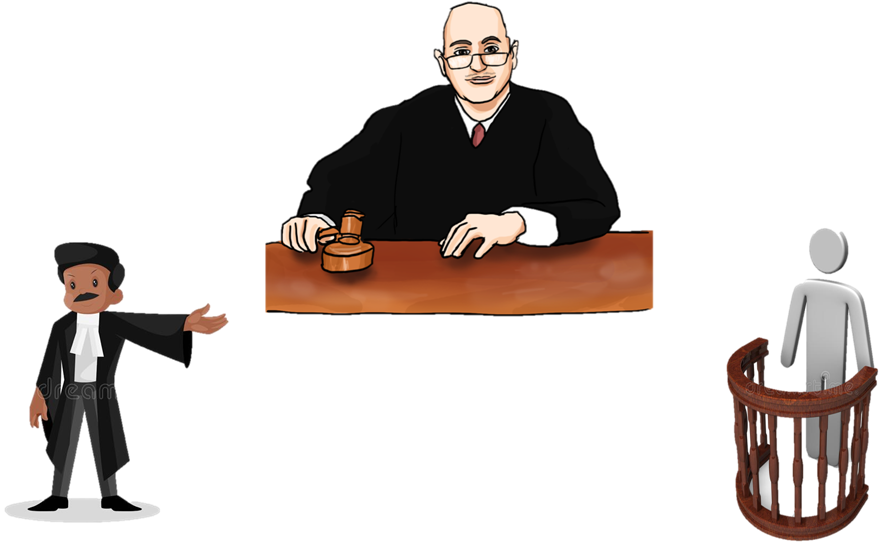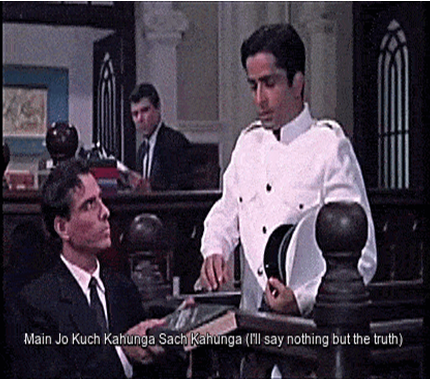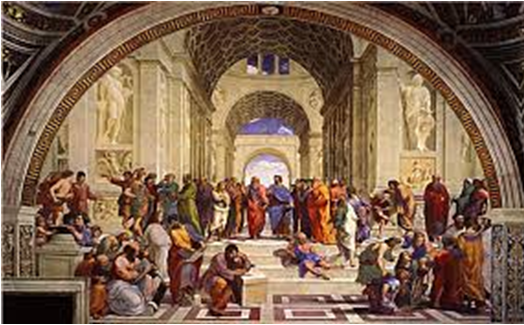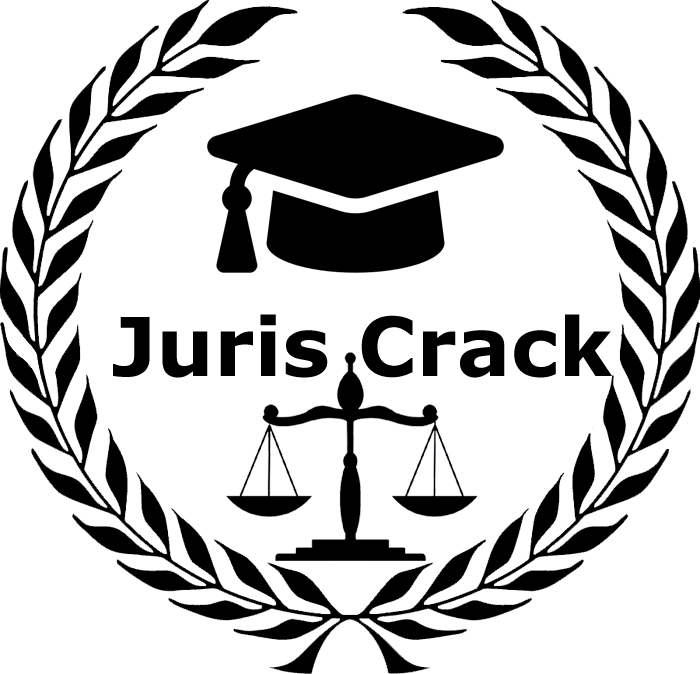
The examination of the witnesses is one of the most integral part of criminal trial as well as justice delivery system.
Witness testimony are most reliable source of evidence because the person who is statement has personally witnessed the happening of the event.
Section 135 – 165 of Indian Evidence Act deals with the examination of witnesses.

Section – 137. Examination in chief
The examination of a witness by the party who calls him shall be called his examination in-chief.
Cross-examination- The examination of a witness by the adverse party shall be called his cross-examination.
Re-examination- The examination of a witness, subsequent to the cross-examination by the party who called him, shall be called his re-examination.
Section – 138. Order of examinations
Witnesses shall be first examined-in-chief, then (if the adverse party so desires) cross –examined, then (if the party calling him so desires) re-examined.
The examination and cross – examination must relate to relevant facts but the cross –examination need not be confined to the facts to which the witness testified on his examination –in-Chief.
Direction of re-examination – The re-examination shall be directed to the explanation of matters referred to in cross-examination ; and , if new matter is, by permission of the Court, introduced in-re-examination, the adverse party may further cross-examine upon that matter

Understanding Examination – in Chief
According to Section 137 of the Indian Evidence Act,1872 the examination of a witness, by the party who calls him, shall be called his examination-in-chief. This is also called as examination.
Every witness is first examined by the party who has called him, this process called his examination-in-chief. Section 138 provides Witnesses shall be first examined-in-chief then, if the adverse party so desires cross-examined and then if the party calling him so desires. re-examined.
When a witness appears in court, he is administered an oath or affirmation. His name and address are recorded. The party calling the witness then has the authority to question him in order to induce all material facts within his knowledge that tend to prove his (the party calling the witness) case. This is known as examination-in-chief.
Object / Purpose of Examination-in-chief :
The object / purpose behind conducting the examination-in-chief is to make the witness depose to what he has been called by the party calling him to prove. In other words, the object of his examination is to get him from the witness all material facts within his knowledge relating to the party’s case. It must be confined to the relevant fact and no leading questions can be asked. except with the permission of the Court.
The court shall permit leading questions to be asked as to matters which are introductory or undisputed, or which have in its opinion, been already sufficiently proved.
Evidence adduced in examination-in-chief is generally designed to serve one of the following purposes, which are not mutually exclusive:
1.build or support the calling party’s case;
2.weaken the opponent’s case;
3.strengthen the credibility of the witness;
4.(or) strengthen or weaken the credibility of other witnesses


The system of Cross Examination as old as the history of nations. Indeed, to this day, the account given by Plato of Socrates’s cross-examination of his accuser, Miletus, while defending himself against the capital charge of corrupting the youth of Athens, may be quoted as a masterpiece in the art of cross-questioning.
Cross-examination consists in interrogating the opposing party’s witness who has already testified (i.e. Examination in chief). It may be followed by a re- examination in chief. The scope of cross-examination is checking or discrediting the witness’s testimony, knowledge, or credibility.
In simple words, cross examinations are a method to read between lines of the facts of a case by filling logical gaps, verifying the legitimacy of the information and building a case thereof, making it a very powerful tool, having the ability to decide the fate of a case.
Object of the Cross-examination
According to Philip Wendell, “Cross-Examination is double-edged weapon, if you know how to wield, it helps to cut enemy’s neck Otherwise, it cuts own hands”
The objective of cross-examination is to determine whether the witness’s statements are true. It’s an attempt to dissect a witness or show that his testimony can’t be trusted.
Cross – examination’s purpose is to examine the accuracy, authenticity, and value of the evidence presented in examination in chief.
Scope of cross-examination is twofold to weaken qualify or destroy the case of the opponent; and to establish the party’s own case by means of his opponents witnesses . With this view the witness may be asked not only as facts in issue or directly relevant thereto , but all question
(1) tending to test his means of knowledge,
(2) tending to expose the error, of omission, contradictions and improbabilities in the testimony or
(3) tending to impeach his credit.
Denial Of Cross Examination Is In Violation Of Principles Of Natural Justice
Hon‘ble Supreme Court recognises the right of cross examination of an opponent in a proceeding against himself. Such right is a part of the principles of natural justice.
Cross examination provides them the right to check the facts of a case and ensure the legitimacy of the witnesses‘ statement by verifying his memory, motives and his/her ability to ascertain and analyze facts to ensure they are consistent with the allegations made
PROCEDURE TO CONDUCT A CROSS EXAMINATION
Cross examination being an integral part of court proceedings has a prescribed procedure mentioned in both the Criminal Procedure Code (CrPC), 1973 and the Indian Evidence Act, 1872
The provisions in the CrPC under Section 231(2), 243(2), 246(6) and Section 162(1) mention the term Cross Examination.
While Section 231(2), 243(2), 246(6) allow the courts of session to conduct cross examinations, Section 162(1) links criminal procedure to the Indian Evidence Act to allow statements as evidence to verify cross-examinations.
The CrPC allows the examination of witnesses in criminal cases in all trials by providing the powers to the police to make a report and also provides the magistrates to issue summons to any person to act as witnesses for the prosecution to straighten their facts through a process called ‘examination in chief‘ after charges have been framed.
However, the procedure by which examination of evidence and witnesses is better explained in the Evidence Act under Chapter X (Section 135-166). With reference to Cross-Examinations, Section 137of the Evidence Act defines the terms viz. Examination-in-chief, Cross-Examination and Re-Examination while Section 138of the Act mentions the process by which Cross-Examination of a witness must be conducted by stating the order of examination i.e. examination-in-chief, cross examination and then re-examination.
3rd Stage -Re-Examination Of A Witness
Re-examination is the act or process of examining one’s witness in a court of law again after the witness has been cross-examined by the opposing counsel. The right of cross-examination of a witness is envisaged in Section 137 r/w Section 138 of the Evidence Act and arises only after the conclusion of cross-examination and is directed towards the explanation of any part of his evidence during cross-examination which may potentially be construed unfavorably to the party applying for re-examination. The purpose of re-examination is only to get clarification of some doubts created in cross-examination. Totally new facts which have no concern with the cross-examination cannot be introduced in re-examination
OBJECTIVE OF RE-EXAMINATION
The object of this exercise is to give an opportunity to reconcile the discrepancies, if any, between the statements in examination-in-chief and cross-examination or to explain any statement inadvertently made in cross-examination or to remove any ambiguity in the deposition or suspicion so cast on the evidence by cross-examination. Where there is no ambiguity or where there is nothing to explain, questions put in re-examination with the sole object of giving a chance to the witness to undo the effect of a previous statement should never be allowed








No comment